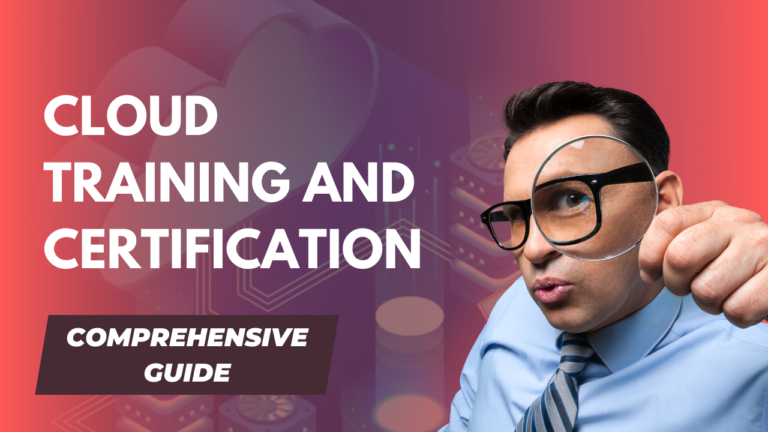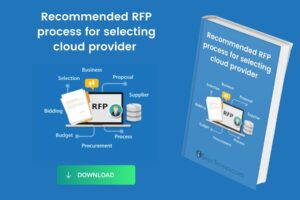Strategic staffing plans for outsourcing roles are important for several reasons. Firstly, it ensures that the company has a clear understanding of the roles that can be outsourced and the skills and knowledge required for these roles. This helps the company make informed decisions about which roles to outsource and which outsourcing partner to work with. Secondly, it helps the company to control costs and increase efficiency by outsourcing non-core functions that do not require in-house expertise. Additionally, it enables the company to focus on its core competencies and achieve its goals and objectives more effectively. Moreover, outsourcing can provide access to new skills, technologies, and perspectives that can help drive business growth and innovation. Hence, having a well-designed and executed staffing plan for outsourcing roles is essential for the success and growth of a business.
1. Identify the roles that can be outsourced:
The first step in creating a strategic staffing plan for outsourcing roles is to identify which roles can be outsourced. This can include administrative tasks, customer service, or specialized roles that require specific expertise. By identifying these roles, you can determine the potential benefits and challenges of outsourcing.
2. Assess the skills and knowledge required:
Once you have identified the roles that can be outsourced, you need to assess the skills and knowledge required for each role. This will help you determine the level of experience and qualifications you need to look for in an outsourcing partner.
3. Evaluate potential outsourcing partners:
After identifying the skills and knowledge required, you need to evaluate potential outsourcing partners. You can do this by researching outsourcing companies and conducting interviews with potential partners to assess their level of expertise and experience.
4. Determine the cost of outsourcing:
Before outsourcing any roles, it is important to determine the cost of outsourcing. This includes the cost of hiring an outsourcing company, the cost of training and support, and any additional expenses that may be associated with outsourcing.
5. Create a detailed outsourcing plan:
Once you have evaluated potential outsourcing partners and determined the cost of outsourcing, it is important to create a detailed outsourcing plan. This plan should include the roles that will be outsourced, the outsourcing partner that will be used, the skills and knowledge required, the cost of outsourcing, and the timeline for implementation. This plan will provide a clear framework for the outsourcing process and help ensure that it runs smoothly and efficiently.
6. Implement and monitor the outsourcing plan:
The final step is to implement and monitor the outsourcing plan. This involves working closely with the outsourcing partner to ensure that the roles are being performed to the required standards and that any issues are quickly resolved. It is important to regularly review the outsourcing plan and make any necessary adjustments to ensure that it continues to meet the needs of the business.
The checklist ensures that you are considering all the important factors, such as identifying the right roles to outsource, working with the right outsourcing partners, and controlling costs while improving efficiency. It also helps you to stay organized and focused, so you can complete the outsourcing process in a timely and effective manner.
Additionally, by regularly reviewing and updating the outsourcing plan, you can ensure that it continues to meet the needs of the business and that you are taking advantage of the benefits of outsourcing.
Looking for experienced DevOps engineers to augment your team?
Talk to our experts today to discuss your staff augmentation needs and learn how they can help you achieve your goals.
Here is a checklist to help you create a strategic staffing plan for outsourcing roles:
- Identify the roles that can be outsourced.
- Assess the skills and knowledge required for each role.
- Evaluate potential outsourcing partners.
- Determine the cost of outsourcing.
- Create a detailed outsourcing plan.
- Implement and monitor the outsourcing plan.
- Regularly review the outsourcing plan and make necessary adjustments.
- Ensure that the outsourcing partner is performing to the required standards.
- Quickly resolve any issues that arise during the outsourcing process.
- Continuously assess the effectiveness of the outsourcing plan and make changes as needed.
In conclusion, having a strategic staffing plan for outsourcing roles is essential for any business that wants to outsource effectively. By following these six steps, you can ensure that you are able to identify the right roles to outsource, work with the right outsourcing partners, and control costs while improving efficiency.





